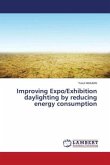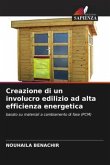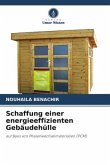New residence halls differ from their predecessors because of sophisticated systems, concern for energy efficiency, and attention to student satisfaction. Nevertheless, older facilities represent the bulk of housing stock on many campuses in the United States. A literature review revealed few recent studies related to student housing. This research questions how residence hall age influences occupant perceptions and actions related to comfort and energy consumption. The study took place in two residence halls on a single campus, built in 1963 and 2006, and entailed an occupant survey of 103 residents as well as the collection of thermal and utility data. Survey results did not show a significant difference in occupant behaviors between the older and newer buildings. Thermal measurements in both buildings fell inside and outside the ASHRAE Comfort Zone, which supported occupant perceptions. Findings indicate a lack of student awareness of energy conservation strategies or resources. Greater consistency in campus utility metering would enable more accurate building performance comparisons.
Bitte wählen Sie Ihr Anliegen aus.
Rechnungen
Retourenschein anfordern
Bestellstatus
Storno








